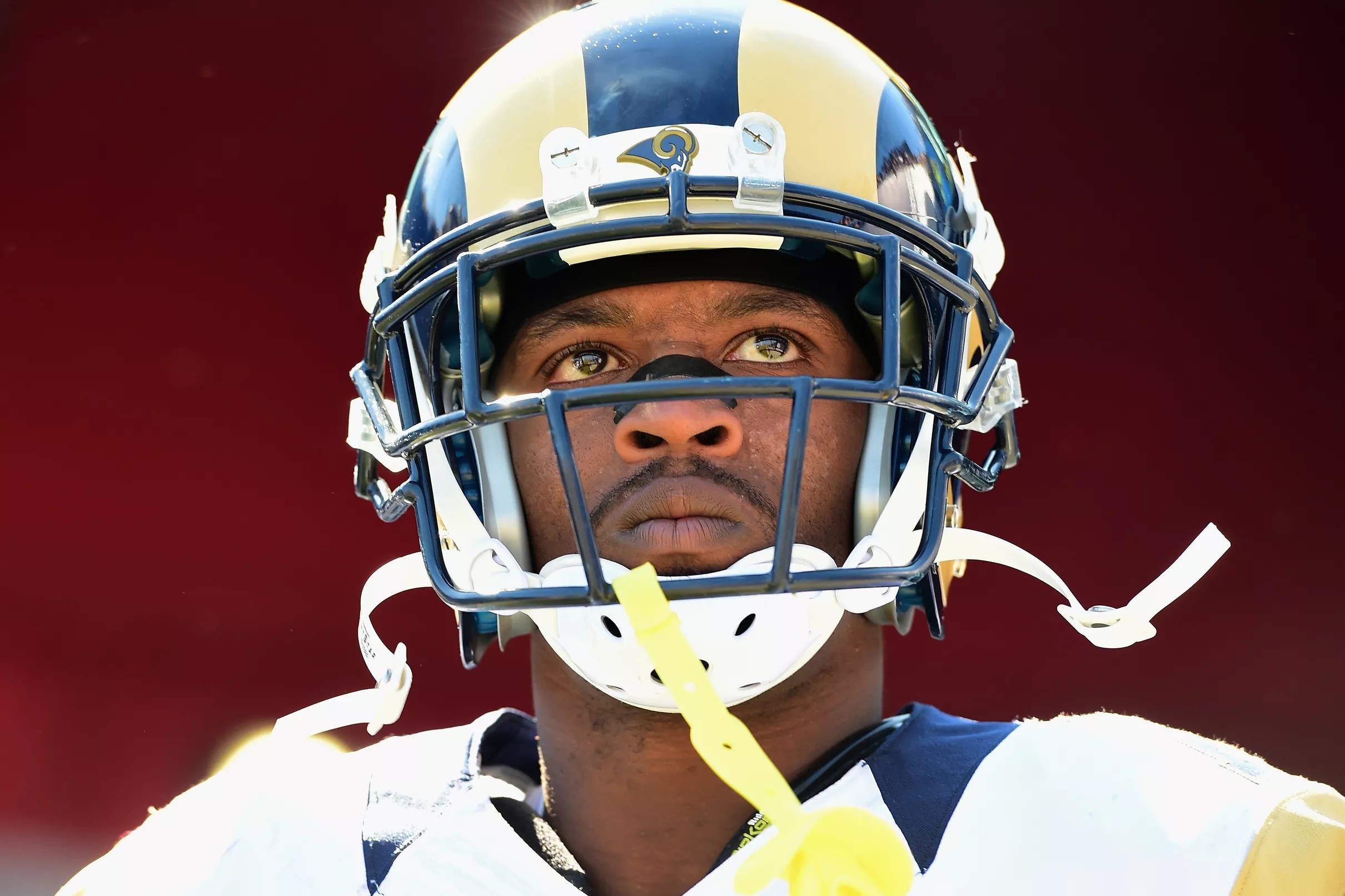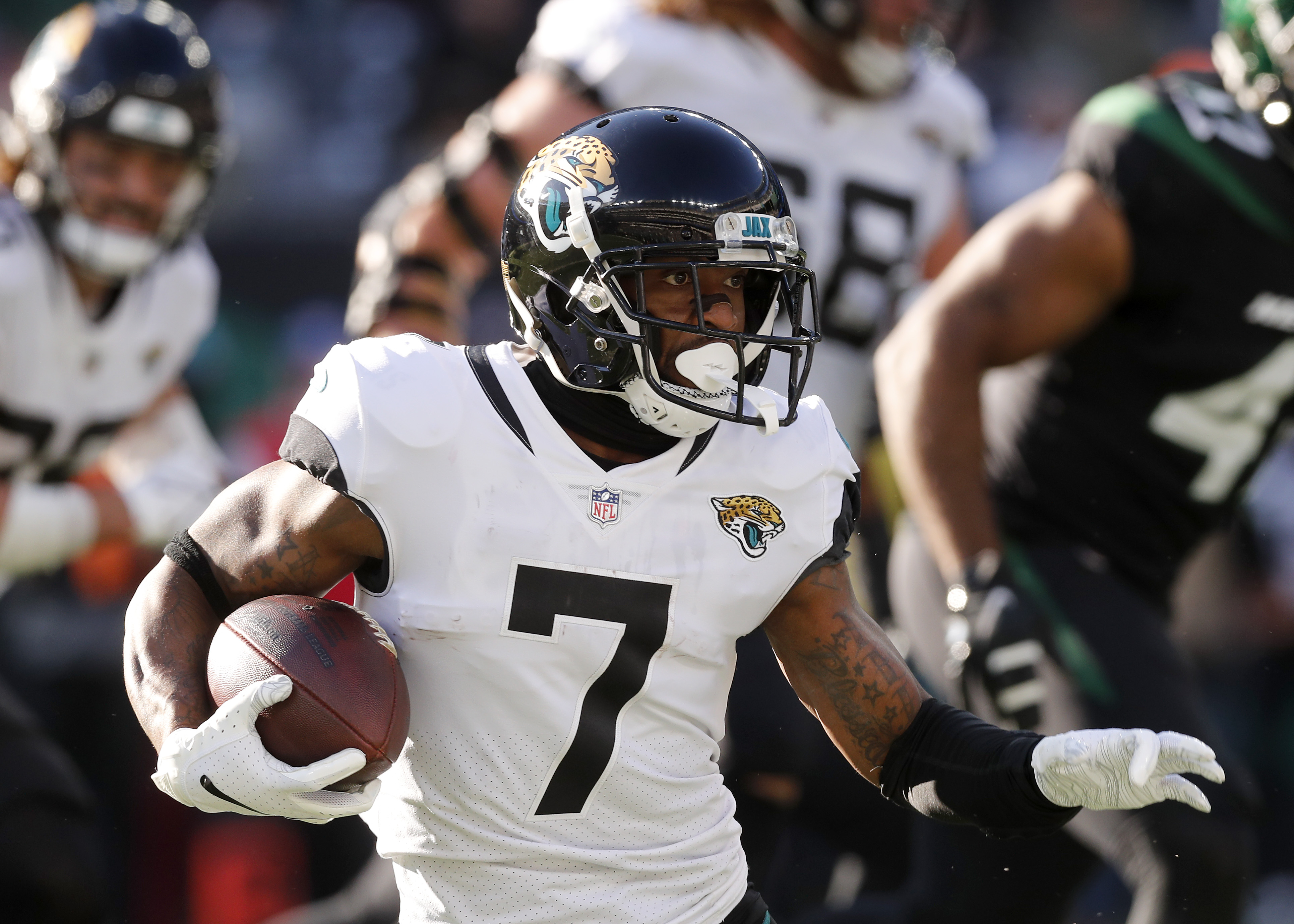The Life and Legacy of Trayvon Martin

Trayvon Martin was a 17-year-old African American teenager who was fatally shot by George Zimmerman, a neighborhood watch volunteer, in Sanford, Florida, on February 26, 2012. Martin’s death sparked national outrage and protests, raising critical questions about race, profiling, and self-defense laws.
The Events Leading Up to Trayvon Martin’s Death
On February 26, 2012, Trayvon Martin was walking back to his father’s girlfriend’s house after buying Skittles and iced tea from a nearby convenience store. Zimmerman, who was patrolling his neighborhood, saw Martin and called 911, reporting him as “suspicious.” Zimmerman followed Martin, despite being told by the dispatcher not to do so. An altercation ensued, and Zimmerman shot Martin, killing him.
Timeline of Events
- February 26, 2012: Trayvon Martin is shot and killed by George Zimmerman in Sanford, Florida.
- March 11, 2012: Zimmerman is arrested and charged with second-degree murder.
- July 13, 2013: Zimmerman is acquitted of all charges.
- July 17, 2013: The Justice Department announces it will not pursue federal civil rights charges against Zimmerman.
The Impact of the Case on the Black Lives Matter Movement
Trayvon Martin’s death became a rallying cry for the Black Lives Matter movement, which emerged in response to the acquittal of Zimmerman and the growing number of cases of police brutality and racial injustice against Black people in the United States. The case brought to light the issue of racial profiling and the disproportionate impact of self-defense laws on Black people.
The Trial and Its Outcome
Zimmerman’s trial began on June 24, 2013, and lasted for six weeks. The prosecution argued that Zimmerman had profiled Martin based on his race and had acted in a racially motivated manner. The defense argued that Zimmerman acted in self-defense, claiming that Martin had attacked him. On July 13, 2013, the jury found Zimmerman not guilty of all charges.
The Legal and Social Context of the Case: Tayvon Austin

The Trayvon Martin case sparked intense debate about race, self-defense laws, and the role of the justice system in America. The legal arguments presented by both sides, the role of race and racial profiling, and the impact of the case on gun control and self-defense laws all contributed to a complex and multifaceted legal and social context.
The Legal Arguments Presented by Both Sides
The legal arguments presented by both sides revolved around the concept of self-defense and the interpretation of Florida’s “Stand Your Ground” law.
The prosecution argued that George Zimmerman, the neighborhood watch volunteer who shot Trayvon Martin, did not act in self-defense and that his actions were racially motivated. They presented evidence suggesting that Zimmerman initiated the confrontation and that Martin was unarmed and posed no threat.
The defense argued that Zimmerman acted in self-defense, fearing for his life when Martin attacked him. They emphasized the fact that Martin was larger than Zimmerman and that he had a history of fighting.
The Role of Race and Racial Profiling, Tayvon austin
The case highlighted the role of race and racial profiling in the justice system. Trayvon Martin was a young Black man, and George Zimmerman was a Hispanic man. Many argued that Zimmerman profiled Martin based on his race and that the case reflected a broader pattern of racial bias in law enforcement and the justice system.
The case sparked discussions about the impact of racial stereotypes and the need for greater awareness and sensitivity to racial differences.
The Impact of the Case on Gun Control Laws and Self-Defense Laws
The Trayvon Martin case had a significant impact on the debate over gun control and self-defense laws.
Advocates for stricter gun control argued that the case highlighted the dangers of easy access to firearms and the need for stricter regulations. They pointed to the fact that Zimmerman was able to purchase a firearm without undergoing a background check.
Advocates for self-defense laws argued that the case demonstrated the importance of protecting individuals’ right to defend themselves. They maintained that the “Stand Your Ground” law was necessary to ensure that individuals could protect themselves from harm.
The Media Coverage of the Case and its Influence on Public Opinion
The media coverage of the Trayvon Martin case was extensive and often sensationalized. The case became a national news story, with news outlets covering every detail of the investigation and trial.
The media coverage played a significant role in shaping public opinion. Some argued that the media coverage was biased against Zimmerman, while others argued that it was biased against Martin. The media coverage of the case also contributed to the racialization of the case, with many commentators drawing connections between the case and the history of racial injustice in the United States.
The Case’s Lasting Impact and Ongoing Dialogue
/arc-anglerfish-arc2-prod-dmn.s3.amazonaws.com/public/TZ5MRTSLXSIGTE23CADDPJLVIQ.jpg)
The Trayvon Martin case ignited a national conversation about race, justice, and the role of self-defense laws. It sparked widespread protests, legal challenges, and a renewed focus on racial disparities in the criminal justice system. This case continues to have a profound impact on American society, influencing legal precedent, prompting reforms, and fueling ongoing discussions about race and justice.
Legal Precedents Established by the Case
The Trayvon Martin case did not directly establish new legal precedents, but it highlighted existing issues within the law and led to calls for reform. The case raised critical questions about the application of Stand Your Ground laws, which allow individuals to use deadly force if they feel threatened. Critics argue that these laws encourage vigilantism and racial bias, while supporters maintain they protect individuals’ right to self-defense. The case also brought attention to the lack of federal hate crime legislation, prompting calls for stronger protections against hate-motivated violence.
Efforts to Reform the Criminal Justice System
Following the case, there were significant efforts to reform the criminal justice system, focusing on issues of racial bias and police brutality. Some of these efforts include:
- Increased Training and Oversight for Law Enforcement: Many jurisdictions implemented mandatory training programs for police officers on de-escalation techniques, implicit bias, and racial sensitivity. Some states also established independent oversight boards to investigate police misconduct.
- Body Cameras and Transparency: The use of body cameras by law enforcement officers became more widespread, aiming to increase transparency and accountability. This measure was seen as a way to provide evidence in cases of alleged police misconduct and to deter bias in policing.
- Reforms to Stand Your Ground Laws: Some states amended their Stand Your Ground laws to require individuals to retreat if possible before using deadly force. These reforms aimed to address concerns about the law’s potential for abuse and to promote de-escalation in potentially dangerous situations.
Arguments for and Against the Verdict
The verdict in the George Zimmerman trial, which found him not guilty of murder, sparked intense debate and controversy. Here’s a table outlining the key arguments for and against the verdict:
| Arguments for the Verdict | Arguments Against the Verdict |
|---|---|
| Zimmerman acted in self-defense, as he perceived a threat from Martin. | The prosecution argued that Zimmerman was the aggressor and that he profiled Martin based on race. |
| The jury believed Zimmerman’s account of the events, finding that he acted reasonably under the circumstances. | Critics argued that the jury was influenced by racial bias and that the Stand Your Ground law was applied inappropriately. |
| The case was a matter of self-defense, not race. | The case highlighted the pervasive issue of racial profiling and the disproportionate impact of Stand Your Ground laws on minorities. |
Timeline of Events and the National Conversation
The Trayvon Martin case sparked a national conversation about race, justice, and the role of self-defense laws. This conversation has continued to evolve, influenced by subsequent events and ongoing efforts to address racial disparities in the criminal justice system. Here’s a timeline of key events and developments:
- February 26, 2012: Trayvon Martin is shot and killed by George Zimmerman in Sanford, Florida.
- March 22, 2012: Zimmerman is arrested and charged with second-degree murder.
- July 13, 2013: Zimmerman is acquitted of all charges.
- July 17, 2013: Protests erupt across the country in response to the verdict.
- July 2013 – Present: Ongoing efforts to reform the criminal justice system, including calls for police accountability, stricter gun control, and addressing racial bias in the legal system.
Tayvon Austin, a name that resonates with electrifying speed and electrifying plays, left a lasting mark on the NFL. His journey, from college standout to pro, is well documented in the tavon austin wiki , highlighting his versatility and big-play potential.
Austin’s speed and agility, combined with his fearless approach, made him a nightmare for defenses, leaving fans and opponents alike in awe of his electrifying presence on the field.
Tayvon Austin, a name synonymous with electrifying speed and agility on the football field, made a significant impact during his NFL career. While his on-field contributions were undeniable, the financial rewards he garnered over his time in the league are equally intriguing.
To delve into the specifics of his earnings, explore tavon austin career earnings , which provides a detailed look at his financial journey throughout his NFL tenure. Austin’s career serves as a testament to the captivating blend of athleticism and financial success that can be achieved in the world of professional football.
